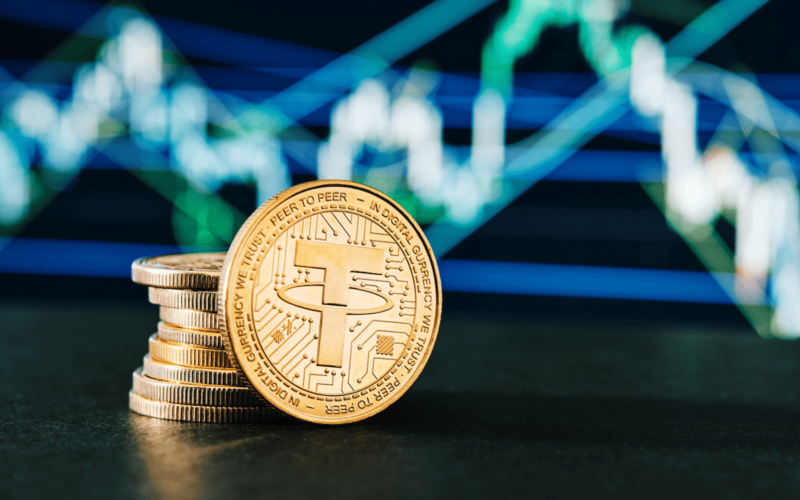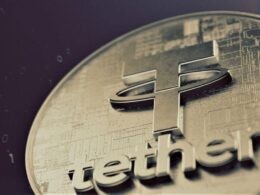American credit ratings firm S&P Global Inc. has recently initiated an assessment of the popular stablecoin, Tether (USDT), to determine its ability to maintain its peg to the U.S. dollar. This assessment has resulted in a ‘constrained’ rating of 4. Stablecoins, a type of cryptocurrency, are typically backed by a fiat currency or commodity to ensure stability. Tether, which was launched in 2014, is the longest-standing stablecoin with the largest volume in circulation, but has faced scrutiny throughout its existence.
According to S&P, Tether has demonstrated relatively stable performance over the past 12 months, maintaining its peg to the U.S. dollar. This stability is a key factor in its rating assessment. However, the lack of disclosed information regarding its underlying assets and the creditworthiness of custodians, counterparties, and bank account providers has led to a weaker rating. A higher disclosure of this information could potentially improve the stablecoin’s assessment.
“Regulation or supervision of USDT’s issuance and management by an authoritative body could also support a stronger assessment,” S&P highlights in its report. The stability assessment could deteriorate if Tether transitions to higher-risk assets, such as other cryptocurrencies. S&P emphasizes the importance of transparency and regulatory oversight to ensure the reliability of stablecoins in the market.
Sanctions and Increased Security Measures
“Earlier this month, Tether froze a number of wallets of individuals sanctioned by the U.S. Office of Foreign Asset Controls (OFAC). In the announcement, Tether stated its intention to prevent potential misuse of its tokens and enhance security measures by aligning with global law enforcement and regulators,” explains J.P. Koning, a CoinDesk columnist and former equity researcher at a Canadian brokerage firm.
This move by Tether reflects the ongoing efforts within the stablecoin industry to address potential risks and prevent fraudulent activities. By aligning with global law enforcement and regulatory bodies, Tether aims to ensure the integrity of its tokens and protect its users.
Learning from Past Market Failures
The collapse of Terra Luna, a stablecoin that failed to maintain its peg against the U.S. dollar, leading to significant losses for investors, has placed the stablecoin market under greater scrutiny. Market participants, regulators, and investors are now paying closer attention to stablecoins to assess their stability and reliability.
As the landscape of cryptocurrencies continues to evolve, it is crucial for stablecoins like Tether to adhere to stringent regulations and transparent disclosure practices. Only through these measures can investors and users have faith in the stability and credibility of these cryptocurrencies.
















